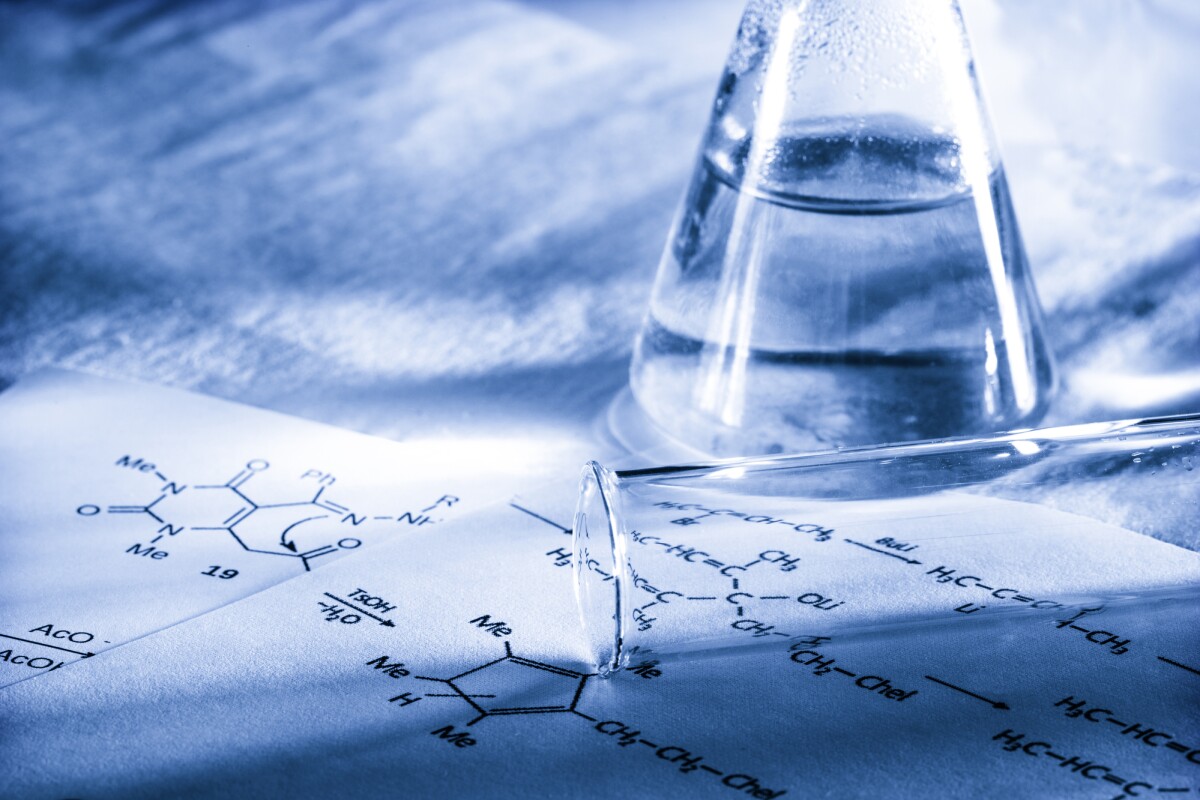–
Overall, the research homed in on 109 unique chemicals in the blood samples. Half of those chemicals detected have never previously been reported in human beings, and 42 were labeled “mystery chemicals” with unknown environmental sources.
“These chemicals have probably been in people for quite some time, but our technology is now helping us to identify more of them,” explains Tracey Woodruff, one of the authors on the new study. “It is alarming that we keep seeing certain chemicals travel from pregnant women to their children, which means these chemicals can be with us for generations.”
Many of the chemicals detected could be traced back to certain products such as cosmetics, pharmaceuticals, pesticides and flame retardants. However, a number of chemicals identified were relatively unknown, with no information as to what they are used for or how they could have contaminated a human body.
One chemical detected, for example, is known as LL-D-253alpha. The researchers say very little is known about this compound and there currently seems to be no known commercial uses for it.
“It’s very concerning that we are unable to identify the uses or sources of so many of these chemicals,” says Woodruff. “EPA must do a better job of requiring the chemical industry to standardize its reporting of chemical compounds and uses. And they need to use their authority to ensure that we have adequate information to evaluate potential health harms and remove chemicals from the market that pose a risk.”
Dimitri Panagopoulos Abrahamsson, co-lead author on the new study, says chemical manufacturers must be more transparent in providing access to chemical data known as analytical standards. These standards allow researchers to compare their findings to pure chemicals from manufacturers, but that information is not always easily accessible.
“These new technologies are promising in enabling us to identify more chemicals in people,” Dimitri notes, “but our study findings also make clear that chemical manufacturers need to provide analytical standards so that we can confirm the presence of chemicals and evaluate their toxicity.”
The study makes no claims as to potential harms from these chemical exposures. The key takeaway from the study, the researchers stress, is that it highlights a lack of strong regulatory protections and the need for manufacturers to issue analytical standards so chemicals in people and the environment can be swiftly traced back to their sources.
The new study was published in then journal Environmental Science and Technology.
Source: UC San Francisco
–
–
–


















2 comments
Please keep comments to less than 150 words. No abusive material or spam will be published.
wolf0579
The American Chemical Council has lobbied to prevent testing of several compounds used in artificial flavorings. They made it ILLEGAL FOR THE FDA TO TEST THESE COMPOUNDS.
One wonders what the “American” Chemical Council knows, but doesn’t want [the] FDA to know.
aksdad
–